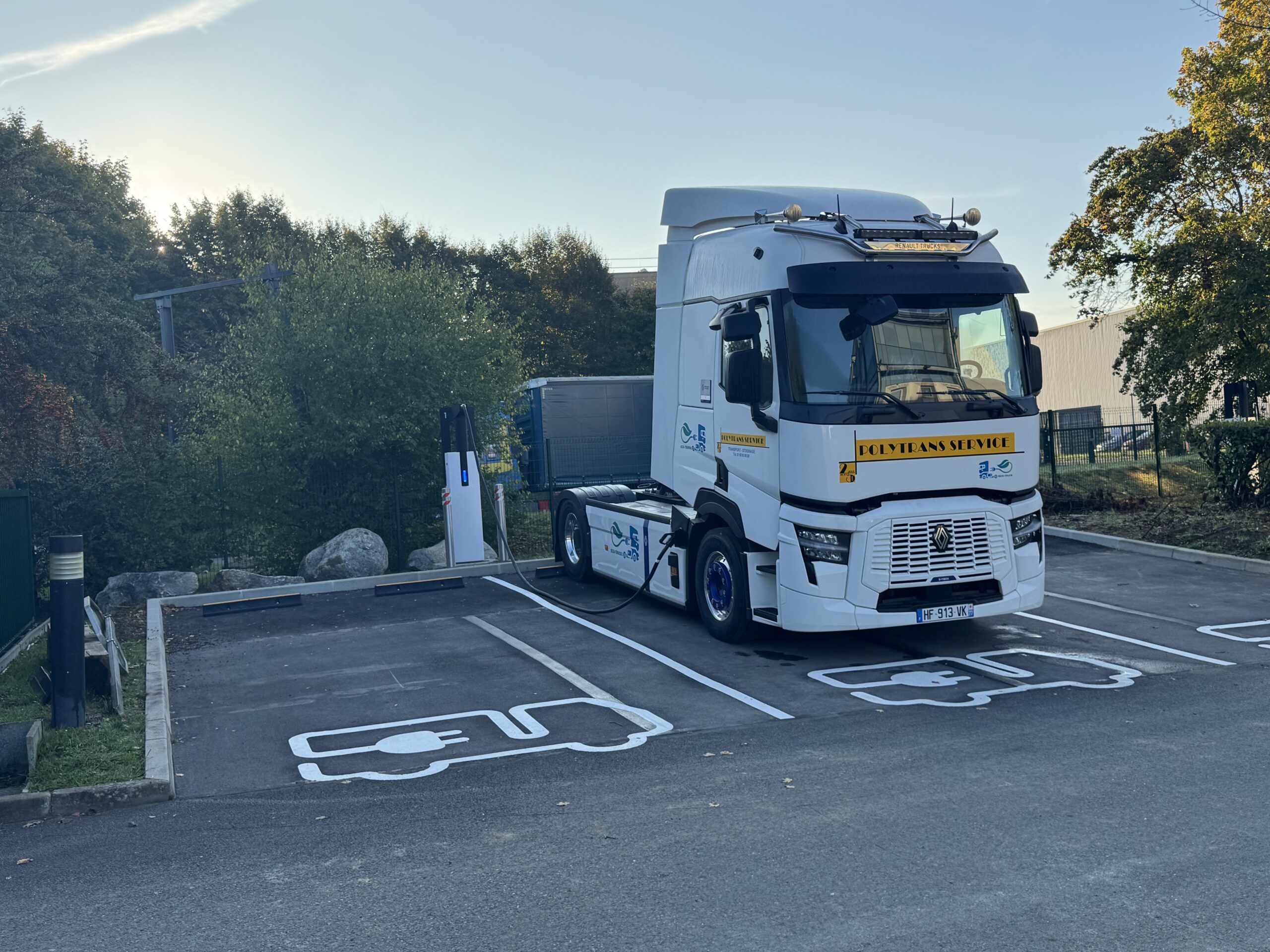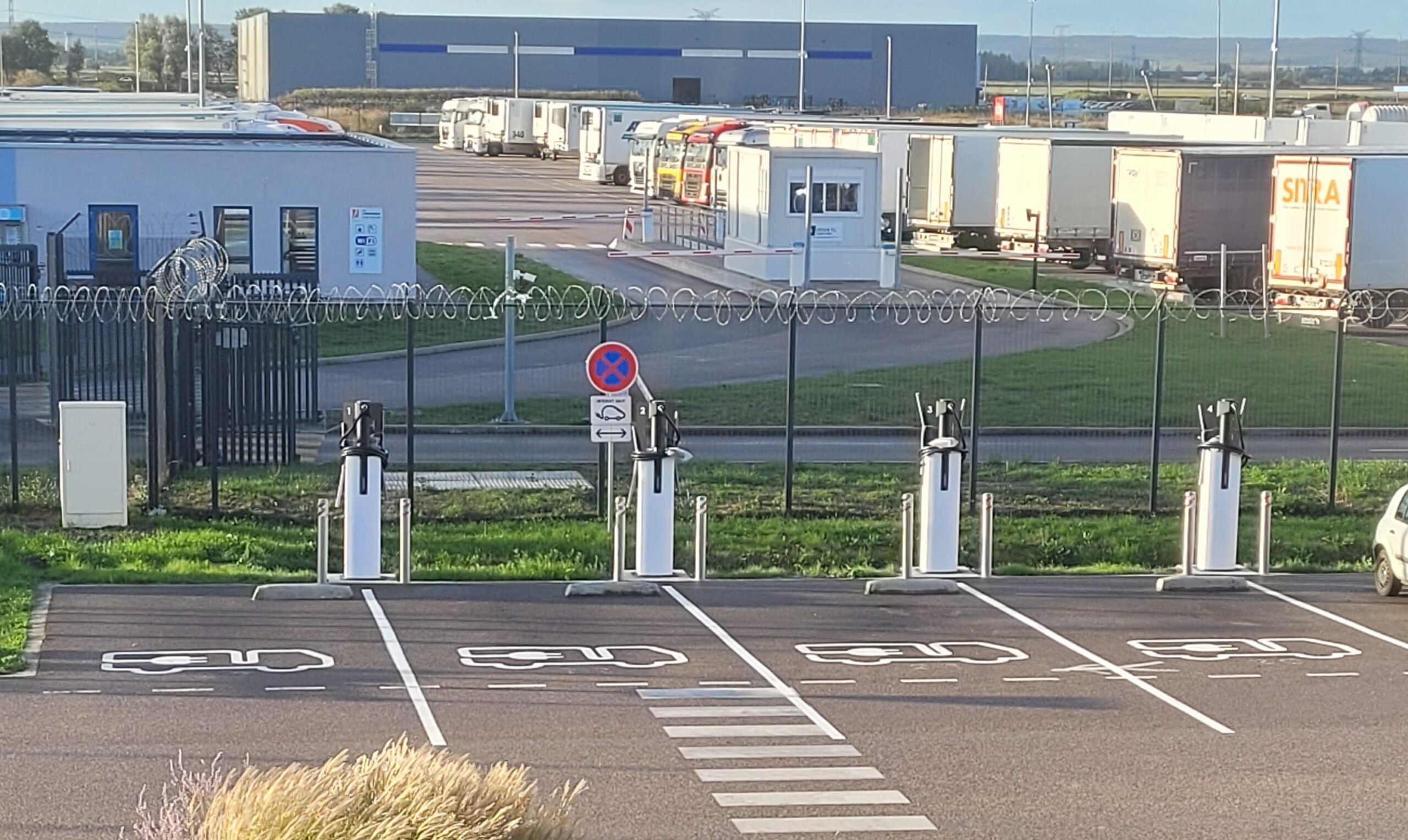The electrification of vehicle fleets is a key step towards a more sustainable, environmentally-friendly future. To make the most of charging infrastructures and optimize energy efficiency, it’s essential to understand the differences between alternating current (AC) and direct current (DC) charging stations. We’d like to shed some light on these two charging technologies.
AC & DC - a little background
Alternating current (AC) is a type of electrical current that changes direction at regular intervals. One of the main characteristics of alternating current is its frequency, which indicates the number of direction-changing cycles per second.
Alternating current is widely adopted for power distribution thanks to its ability to limit transmission losses – our electricity distribution network uses alternating current.
Direct current (DC), in turn, always flows in the same direction – there is no associated notion of frequency. This is the type of current produced, for example, by the chemical activity of a battery.
The key point to remember when recharging electric vehicles is this: while the energy distributed by the electrical grid is alternating current (AC), electric vehicle batteries are recharged using direct current (DC). During recharging, the AC electrical power delivered by the grid must be converted into DC power: this is the key step in power conversion.
AC charging stations
In the case of alternating current (AC) charging stations, power conversion is not carried out by the station (which always delivers AC power like the mains), but by the vehicle’s on-board converter.
On-board converters are compact devices, and their power conversion capacity is very limited. For most light vehicles, this limit is around 11-22 kW of power – some heavy vehicles can go up to 43 kW. Recharging times are therefore long – hence the frequent association between AC terminals and “slow recharging” – especially for vehicles with large battery capacities.
Since AC charging stations have no converters and deliver relatively low power, their main advantage is simpler, less costly deployment. They are the preferred choice for many light electric vehicle charging applications, including on-street charging stations and corporate charging facilities.
On the other hand, there are some important disadvantages to be noted for AC terminals, mainly for heavy-duty electric applications:
- For a high-capacity battery, recharging time can range from several hours to more than a day, severely limiting the responsiveness of operations;
- If the vehicle has no on-board converter, recharging via an AC terminal is simply not possible. This is already the case with many models of electric trucks, in a context of optimizing vehicle costs;
- Power conversion efficiency – i.e. the amount of energy delivered to the vehicle compared with the amount actually consumed on the grid side – depends on the vehicle’s on-board converter. As these are generally less efficient (85% efficiency vs. 94-96% for a DC terminal), the power consumption of an AC terminal is higher than that of a DC terminal for the same amount of useful energy. For heavy-duty batteries, this is an essential factor in controlling operating costs.
Direct current (DC) terminals
Unlike AC terminals, DC terminals incorporate power converters. Conversion takes place inside the terminal, and power is supplied directly to the battery, bypassing the vehicle’s on-board converter.
This charging mode overcomes the limitations of the on-board converter, particularly in terms of charging speed. DC terminals can deliver very high power levels, generally between 100 and 400 kW, i.e. more than 10 times standard AC power levels – the limit often being the maximum power permitted by the vehicle’s battery.
For reasons of operational flexibility and conversion efficiency, DC charging stations are the preferred solution for demanding applications, such as charging heavy vehicles – for which AC charging is often not even compatible.
Choose the solution that’s right for you
The electrification of commercial fleets requires a thorough understanding of charging technologies. Alternating current (AC) and direct current (DC) each offer specific advantages that can meet different operational needs. By selecting the right technology – or even a mixed AC and DC solution – to suit your needs, you can enhance your transition to electric and optimize your cost of ownership and operation.
To find out more about our charging solutions or to request a demo, contact our experts today.



